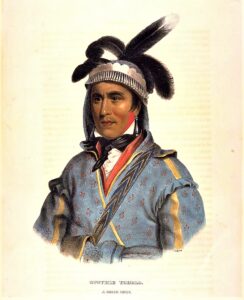
The American Civil War: Remembering the Civil War Ancestors of Indian Territory And The Battle of Honey Springs
In July of 1863, the most noteworthy Civil War battle in Indian Territory (present-day Oklahoma) occurred on the lands of the Honey Springs settlement, Muscogee (Creek) Nation. Today, the significance of the Civil War in Indian Territory, including the Battle of Honey Springs, remains lost to the historical narrative of ...
Read More
Read More

Treason Made Odious Again: Reflections From the Naming Commission, and the Front Lines of the Army’s War on the Lost Cause
“So,” the man across the high-top cocktail table said, precise eye contact belying years of military bearing. “What’s your role in all this?” Fishing my nametag from behind my tie, I replied with all the authority someone five weeks on the job could muster. “I’m the Naming Commission’s Lead Historian.” ...
Read More
Read More
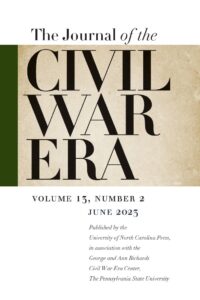
Editors’s Note for June 2023 JCWE
Our June issue reinforces our sense that the field of the Civil War Era remains a wide-ranging, creative site of engaged scholarship. The pieces in this issue span from slavery to the present day, delving into concrete historical details and the persistent narratives that shape our encounters with the past ...
Read More
Read More
JCWE Appoints New Associate Editors
We’re delighted to introduce two new associate editors of the journal: Megan L. Bever and Catherine A. Jones. Bever will serve as book review editor, while Jones will serve as review essay editor. Megan Bever is associate professor of history and chair of the Social Sciences Department at Missouri Southern ...
Read More
Read More
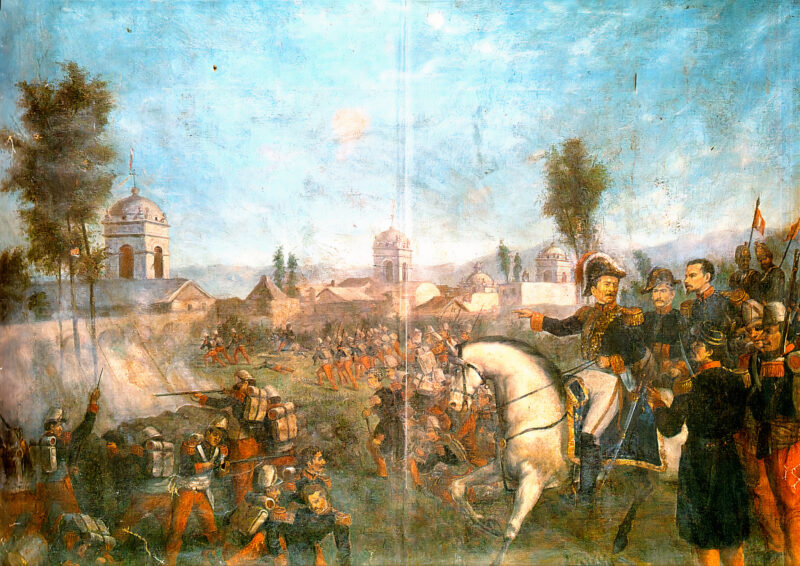
The Many South Carolinas in the Americas
In recent years, the transnational turn in Civil War scholarship has finally started to include Latin America. While Mexico with the French-Mexican Conservative Alliance has long attracted a significant amount of scholarship, the rest of Latin America has not. Recent works by Evan Rothera and James Sanders offer glimpses into ...
Read More
Read More

Interview with Bryan LaPointe
Today we share an interview with Bryan LaPointe, the 2021 winner the 2021 Anthony E. Kaye Memorial Essay Award. His article appearedin the March 2023 JCWE, titled “A Right to Speak: Formerly Enslaved People and the Political Antislavery Movement in Antebellum America.” LaPointe is a PhD candidate in history at ...
Read More
Read More
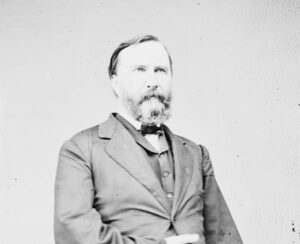
Interview with Elizabeth Varon
Today we share an interview with Elizabeth Varon, who published an article in the March 2023 JCWE, titled “The "Bull-Dog" in Istanbul: James Longstreet's Revealing Tour as US Minister to Turkey, 1880–81.” Varon is the Langbourne M. Williams Professor of American History at the University of Virginia. As a historian ...
Read More
Read More
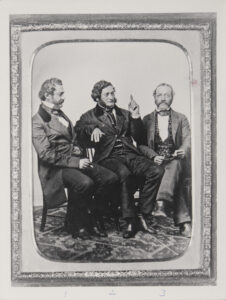
Author Interview: Camille Suárez
Today we share an interview with Camille Suárez, who published an article in the March 2023 JCWE, titled “A Legal Confiscation: The 1851 Land Act and the Transformation of Californios into Colonized Colonizers.” Camille Suárez is an assistant professor of history at CalState LA. As a historian of the US West, ...
Read More
Read More
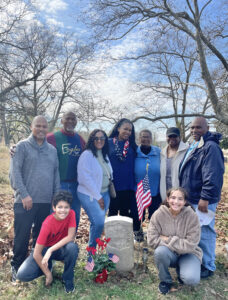
Researching Northern Black Families’s Civil War: An Interview With Michelle Marsden
When I began examining the lived experiences of northern United States Colored Troops (USCT) soldiers, I thought it was critical to emphasize their lives and familial dynamics beyond their time in the U.S. Army. My book-The Families' Civil War: Black Soldiers and The Fight for Racial Justice-details northern freeborn families ...
Read More
Read More
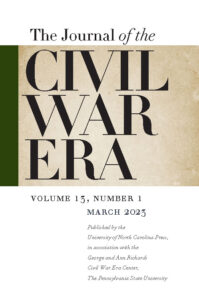
Editors’ Note for March 2023 JCWE
Welcome to the first issue of the 2023 volume of the Journal of the Civil War Era. The issue features three research essays and a review essay that highlight the journal's broad geographical, chronological, and topical coverage. We present articles that take us from the antebellum North to California to ...
Read More
Read More
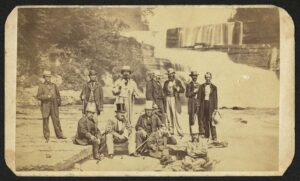
Civil War Historians and Terminology: Diplomatic History
As historians of the Civil War era, we are all extremely familiar with the growing desire of using appropriate terminology in our scholarship and the pushback that such terminological changes have brought. We saw this when the Army University Press abandoned the term “Union” in its publications.[1] Slavery scholars had ...
Read More
Read More
2023 Anthony Kaye Memorial Essay Award: Call for Submissions
The George and Ann Richards Civil War Era Center, the Society of Civil War Historians, and the Journal of the Civil War Era invite submissions of unpublished essays from early career scholars (doctoral candidates at the writing stage and PhDs not more than two years removed from having earned their degree) for ...
Read More
Read More
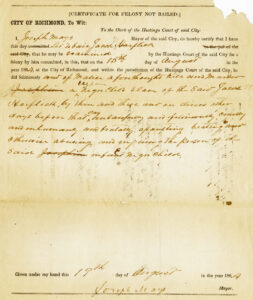
Imperfect Justice in the Imperfect Archive: Uncovering Extrajudicial Black Resistance in Richmond’s Civil War Court Records
As the guest editors and article authors of the December 2022 JCWE special issue, "Archives and Nineteenth-Century African American History" demonstrate, there is no perfect archive. Historians must therefore read every imperfect archive with a particular perspicacity, to uncover the histories so many archives were meant to suppress or erase.[1] ...
Read More
Read More

For the Cause of Freedom: William Still and Abolitionist Data Collection
Emeline Chapman faced a difficult choice in the summer of 1856. As an enslaved woman in Washington, D.C., Chapman and her husband John Henry were raising a young family while enduring the daily struggles of enslavement. Chapman’s enslaver, Emily Thompson, profited by regularly hiring her out to different White residents ...
Read More
Read More
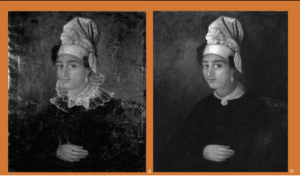
Guest Editors’ JCWE December 2023 Note: Researching Nineteenth-Century African American History
In 1985, The Historic New Orleans Collection purchased one of the few known nineteenth-century paintings of a free woman of color in the United States. François Fleischbein’s Portrait of a Free Woman of Color, completed in 1837, is mounted in an elaborate and expensive goldleaf frame. The woman wears a ...
Read More
Read More
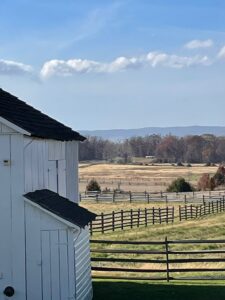
Walking with Enslaved and Enslavers at Pickett’s Charge (and Retreat)
Trampling down Black people and Black property in order to remake history, memory and geography was a quotidian activity in the post-Civil War United States. In the states that Robert E. Lee’s soldiers hailed from, this was often done with ugly, tortuous violence against Black southerners. In 1938, in the ...
Read More
Read More